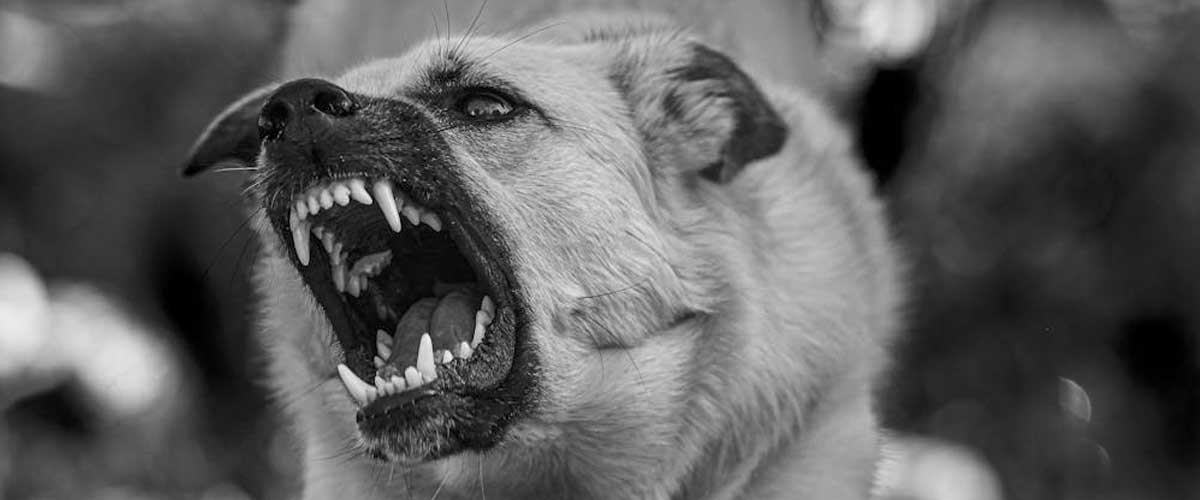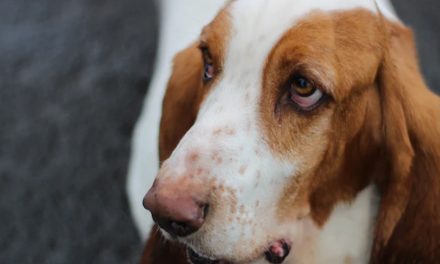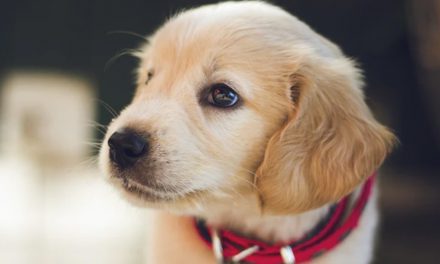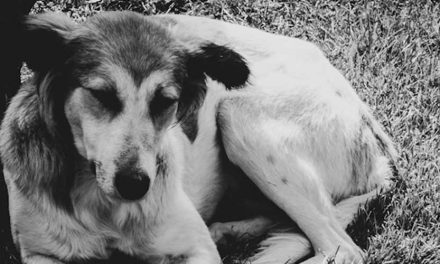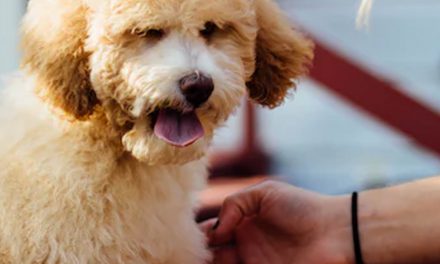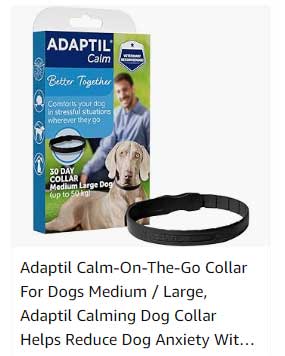When we talk about the most dangerous dogs, it’s essential to approach the subject with a balanced perspective.
Danger can often stem from factors like training, socialization, environment, and individual temperament rather than just breed alone.
However, certain breeds have been historically labeled as more aggressive due to a combination of factors including strength, size, and reputation.
The Factors of Dog Behavior
Before diving into specific breeds, it’s crucial to understand that many factors influence a dog’s behavior:
1. Socialization:
Dogs that are well-socialized with people and other animals tend to be less aggressive.
Poor socialization can lead to fear-based aggression.
2. Training:
Dogs that are poorly trained may exhibit more undesirable behaviors, which can include aggression.
Consistent, positive training methods can make a significant difference in a dog’s temperament.
3. Environment:
Dogs raised in abusive or neglectful environments may develop aggressive tendencies.
Their experience and upbringing heavily influence their behavior.
4. Individual Personality:
Just like people, dogs have individual personalities. Some dogs, regardless of their breed, may be more predisposed to aggression than others.
Breeds Often Considered Dangerous
While no dog is inherently dangerous, certain breeds have a reputation for being more aggressive, often due to misconceptions and media coverage.
Here are a few breeds that are sometimes characterized as dangerous:
1. Pit Bull Terriers:
Often at the center of dog attack stories, Pit Bulls are powerful dogs.
Their reputation can be somewhat unfair, as responsible ownership and training can lead to well-adjusted pets.
2. Rottweilers:
Known for their loyalty and protective instincts, Rottweilers can be aggressive if not properly trained or socialized.
However, with the right upbringing, they often form strong bonds with their families.
3. Doberman Pinschers:
Similar to Rottweilers, Dobermans are often perceived as aggressive guard dogs.
With proper training and socialization, they can be affectionate and loyal companions.
4. German Shepherds:
Regarded for their intelligence and loyalty, German Shepherds can exhibit protective aggression if not properly trained.
They are often used in police and military roles for this reason.
5. Chow Chows:
This breed can be aloof and sometimes aggressive, particularly if they are not socialized early.
Their protective nature can be a challenge for inexperienced owners.
6. Wolf-Dog Hybrids:
Mixing a domestic dog with a wolf can lead to unpredictable behaviors.
Because of their wild ancestry, these hybrids may pose risks, especially if they lack socialization.
The Importance of Responsible Ownership
Rather than labeling certain breeds as dangerous, it’s more productive to focus on responsible ownership practices.
Educating potential dog owners about the breed’s needs, temperament, and risks is essential to prevent issues.
Choose the Right Breed:
Potential dog owners should research breeds to ensure they align with their lifestyle and experience.
Socialization:
Early and continuous socialization with other dogs, people, and environments can help develop a well-adjusted pet.
Training:
Invest time in training, ideally starting at a young age.
Owners should employ positive reinforcement techniques to cultivate good behavior.
Monitoring Behavior:
It’s crucial for dog owners to be aware of their pet’s behavior and address any signs of aggression proactively.
Conclusion
While certain breeds may have more aggressive tendencies, it’s essential to recognize that any dog can be dangerous in the wrong hands.
Dog behavior is complex and influenced by a variety of factors.
Instead of stigmatizing specific breeds, promoting responsible ownership can lead to safer interactions between dogs and people.
Choosing the right dog, providing quality training, and fostering a positive environment are the keys to ensuring that pets are not just safe, but also wonderful companions.

